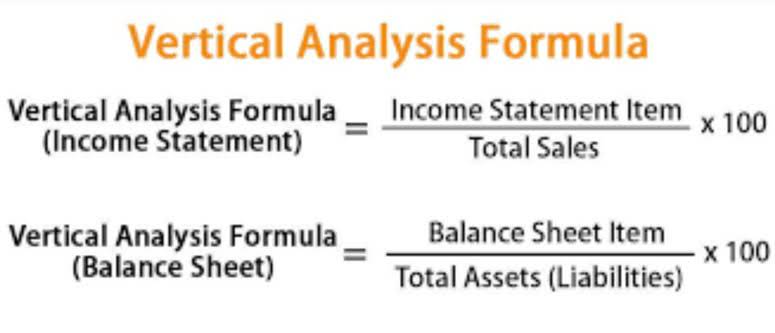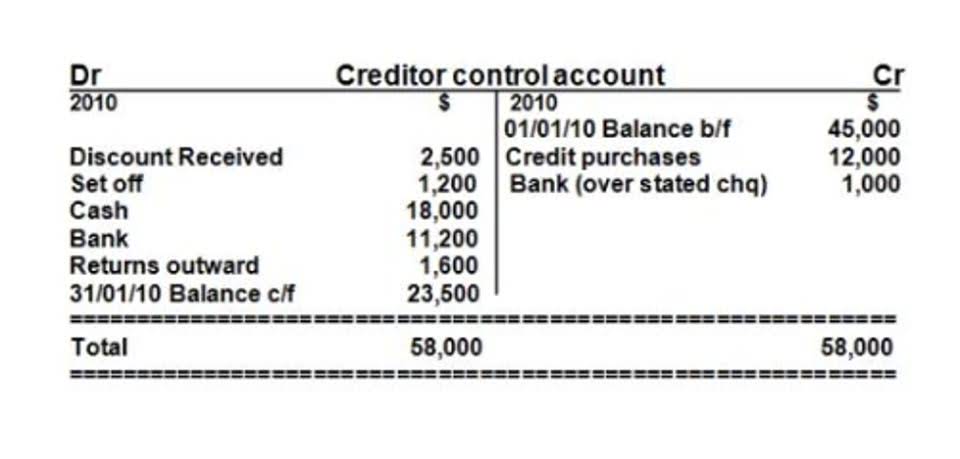
Under the PPP program, businesses can apply for funding to keep employees on payroll and cover certain operational costs. Businesses that want to apply for PPP loan forgiveness can submit eligible operational costs and proof of FTE. The SBA defines FTE employees as workers who work 30 hours a week or more. FTE also includes the sum of employees who work less than 30 hours a week, where the aggregate of work hours of those employees is equal to at least a 40-hour workweek.
- Employers must calculate FTE accurately to determine things like overtime pay and staffing needs.
- The FTE is therefore an HR indicator that’s integral to the success of the department and the organisation as a whole.
- Her work has been published in Forbes Advisor, Decential, Canva, 99Designs, Social Media Today and the South China Morning Post.
- For a typical biweekly pay schedule, our hours worked per week denominator becomes 80 hours.
Method 1: Simple FTE Calculation
The full-time employees work 40 hours per week and 52 weeks out of the year, meaning that the number of full-time hours worked on an annualized basis is 104,000 hours. If you fall under the criteria for an applicable large employer, you’re required to offer health insurance to your employees. Plus, knowing your company’s fte meaning FTE count will help reduce overall costs by forecasting employee hours and salaries. FTE refers to calculating the number of hours instead of the number of employees to forecast costs based on a full-time workweek. A full-time employee can be defined by a 40-hour workweek, 8-hours per day, 5 days per week.

Step 2: Determine what is considered full-time employment
Employers must calculate FTE accurately to determine things like overtime pay and staffing needs. Staying up-to-date on laws, getting legal advice, and having clear processes are crucial to ensure FTE calculations are legal and fair to workers while following the rules. Suppose the total work hours of all employees per week is 120 hours, and a single full-time employee works 40 hours a week. According to the IRS, a US employee who works at least 30 hours per week or 130 hours per month is considered to be a full-time employee.

Why Is FTE Important?
Remember that your calculation will change based on the agency or program for which you’re calculating FTEs, since different government agencies and programs have different calculation requirements. This employee list should include both the employee name and number of hours worked. FTE has a bunch of uses and different ways to calculate it depending on your situation. It’s a simple calculation to make and you just need to know your employee details and go from there.
FTE Calculator
Each FTE is equivalent to the number of hours your full-time employees work. Based on an FTE of 1.0, we calculate employees work 2,080 hours per year. This value is used only as a basis for calculating the annual FTE and reflects https://www.bookstime.com/ the hours of an employee who works 5 days a week, 8 hours a day. If your company only hires part-time employees, you’ll still end up with an FTE number to report, just like companies that only hire full-time employees.
Frequently Asked Questions for H-1B Dependent Employers – Boundless Immigration
Frequently Asked Questions for H-1B Dependent Employers.
Posted: Wed, 27 Dec 2023 08:00:00 GMT [source]
- In general terms, full-time equivalent (or FTE) is a unit of measure that plays an important role in calculations used in businesses, project management, or federal programs for eligibility purposes.
- Bear in mind that these are just simple FTE example calculations — project managers approach FTE from a different angle, while federal programs use different FTE calculation methods.
- Contractors may or may not be included in FTE calculations, depending on their classification and the organization’s policies.
- Our Windfall Elimination Provision (WEP) Online Calculator can tell you how your benefits may be affected.
- As we just mentioned above, FTEs can be calculated for any period.
If you employ 50 or more full-time equivalent employees then you are required to offer health benefits and coverage. FTE is also calculated to see whether or not you qualify for any tax credits. Employees who have more than 50 full-time employees or FTE workers, known as applicable large employers (ALE), must be in compliance with rules laid out by the ACA. These regulations include shared responsibility provisions and tax reporting requirements like issuing Form 1095-C when necessary.
Step 4: Discover the Total Number of Work Hours per Week
The Ascent, a Motley Fool service, does not cover all offers on the market. This can be done manually or by using the payroll reports available from your payroll service provider. The good news is that calculating FTE is pretty straightforward. Let’s say you have an upcoming project and you need to determine all your costs.
- Make sure you don’t count in 1099 contractors since they are not considered employees.
- Converting hours worked by part-time employees into full-time equivalents can be helpful when calculating these metrics.
- If you’re not sure where to start to track FTE, consider using QuickBooks Time , which helps organize employee hours and delivers helpful insights into your FTE calculation.
- If an employee is set to 20 hours per a 40-hour workweek, then they’re considered 0.5 FTE.
- Many AI platform companies hire contract employees for several projects.
- If you currently employ both full and part-time employees, you need to determine how many FTE employees you have.
As easy as that, Clockify can be your ally in estimating your employee FTE for your specific needs. An employee with a regular budgeted assignment of 75% of a full-time job position has a 0.75 FTE. Get a quick demo of our HR software to see how Factorial can help your business grow. If you work across time zones, it’s important to understand UTC. In general, it is a valuable tool that can provide many benefits.
A typical 80-hour biweekly pay period is just like the 40-hour week. If an employee is set to 20 hours per a 40-hour workweek, then they’re considered 0.5 FTE. Companies use full-time equivalent (FTE) measurements because they provide a standardized way to evaluate and compare the workload and contributions of employees, even when their work hours vary. A full-time equivalent, often shortened to FTE, serves as a standard measure for employed individuals or students, allowing for comparison even if their weekly working hours vary.

